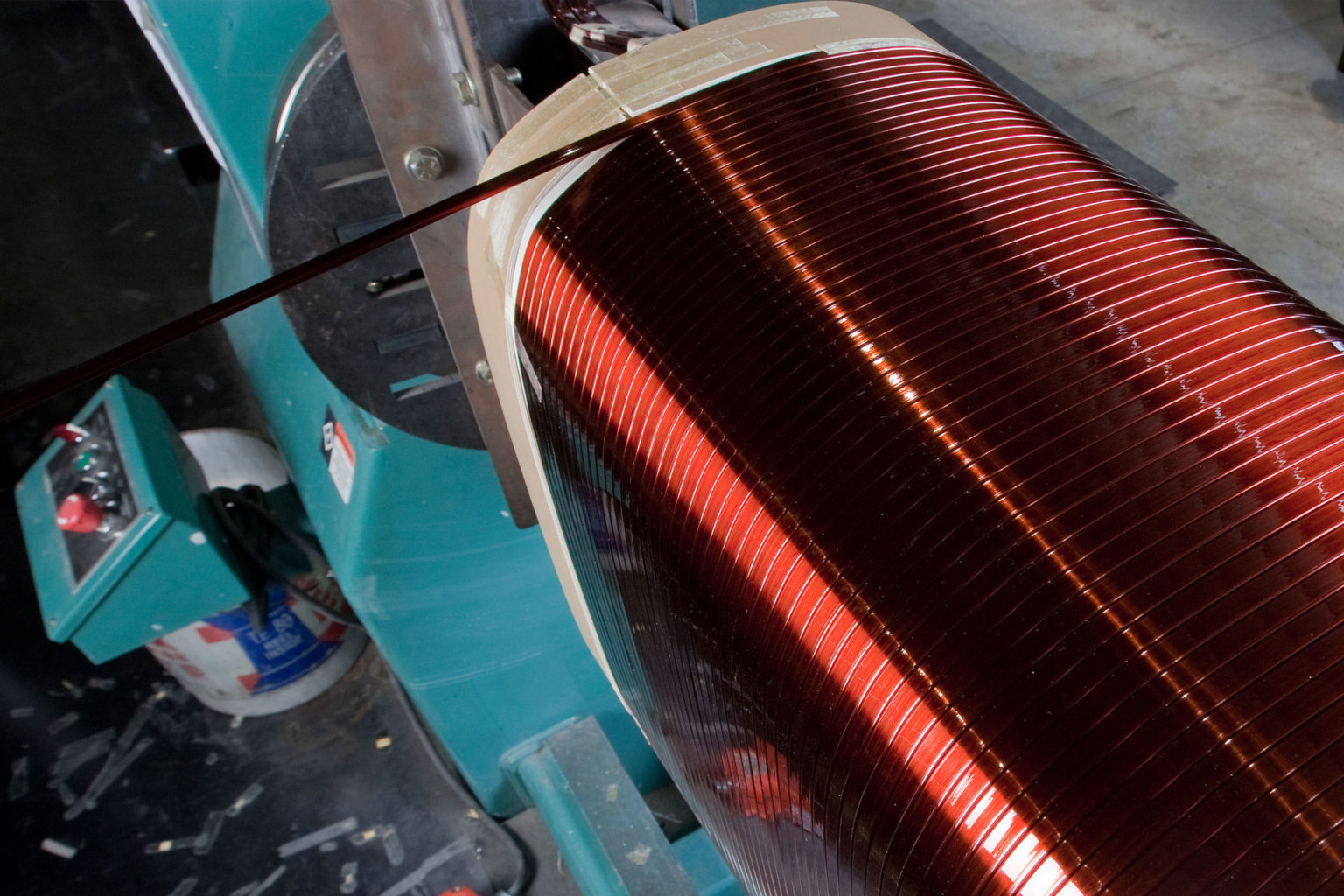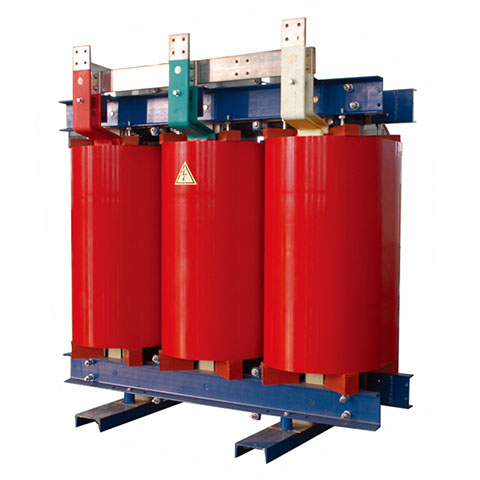Dry type transformer refers to a kind of power transformer whose iron core and windings are not immersed in insulating oil and adopt natural cooling or air cooling. As a newly emerging power transformation and distribution equipment, it has been widely used in power transmission and transformation systems in factory workshops, high-rise buildings, commercial centers, airports, docks, subways, oil platforms and other places, and can be combined with switch cabinets to form a compact complete set of substations .Dry type transformers typically feature either copper or aluminum windings, also known as coils. Transformer windings refer to the coils within the transformer that draw and distribute power inside the unit. There are typically two windings in a dry type transformer — one that draws power from the source and another that transfers that power to the load. Both copper and aluminum windings perform the same function.
For some applications, one type is preferable over the other. The option you choose depends on the specific needs of your facility and your unique requirements. We’ll explain more about how aluminum and copper windings compare below.

Differences Between Copper and Aluminum Windings
While most low and medium voltage dry type transformers rely on aluminum windings for energy transfer, many engineers and plant operators prefer copper windings for specific applications. Here are some of the primary differences between the two types:
Initial Costs
At the outset, aluminum windings are generally less expensive than copper windings because the material itself is relatively cheap to produce. Moreover, aluminum’s price has proven to remain stable over long periods — translating to cheaper windings.
Copper’s initial costs have historically been more volatile than those of aluminum. Still, even though copper windings tend to be slightly more expensive, many experts believe this type offers more long-term benefits than its aluminum counterpart.
Operating Costs
Aluminum windings usually take up a larger cross-sectional area of dry type transformers than copper options. The more expansive design of the aluminum windings produces a lower current density, resulting in a lower rate of heat loss and saving more energy when compared to older-model copper wound transformers.
Copper windings usually feature tighter coils that can also be optimized for lower current density. In modern designs, thanks to advancements that allow for reduced copper winding heat loss, copper windings often outrank aluminum windings in their long-term operational cost-effectiveness.
Reliability
While both copper and aluminum windings provide the same general functions for low and medium voltage transformers, copper outranks aluminum when it comes to reliability. Aluminum has only 62% of the electrical conductivity of copper, making copper a much more effective conductor.
Proper insulation can ensure that the energy loss factors for each type stay equivalent. Heat loss also depends on the size of the windings — and aluminum can easily be sized to compensate for this issue. Nevertheless, copper does generally provide more long-term reliability due to its physical strength and resistance to deformation.
Operating Life
If copper and aluminum windings are properly installed and cared for, their operating lives should be nearly equal. One drawback of aluminum is that it’s typically more difficult to install than copper, which sometimes results in preventable operational issues.

During the process of abrasion of the paint on the aluminum enameled wire, the temperature of the aluminum wire will increase rapidly as the temperature increases. High-speed friction, accompanied by high-speed airflow, the surface of the aluminum wire is rapidly oxidized, and it is difficult to handle after oxidation. In addition, due to the different materials of the grinding wheel, generally speaking, the aluminum enameled wire polished by the wire wheel will turn yellow, and the aluminum enameled wire polished by the fiber wheel will turn gray or black. It’s not the silvery white of aluminum itself. After the thick wire is ground by the grinding wheel, the degree of oxidation is small, and silver white can still be seen.Although modern design improvements have let transformer experts navigate the technical problems associated with aluminum, copper is typically a superior option for protection against fault current stresses and overall longevity.
